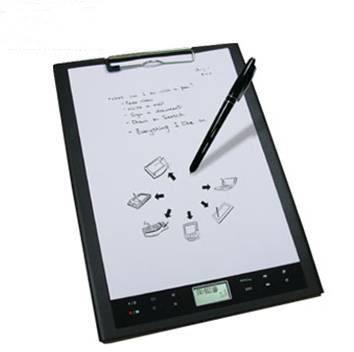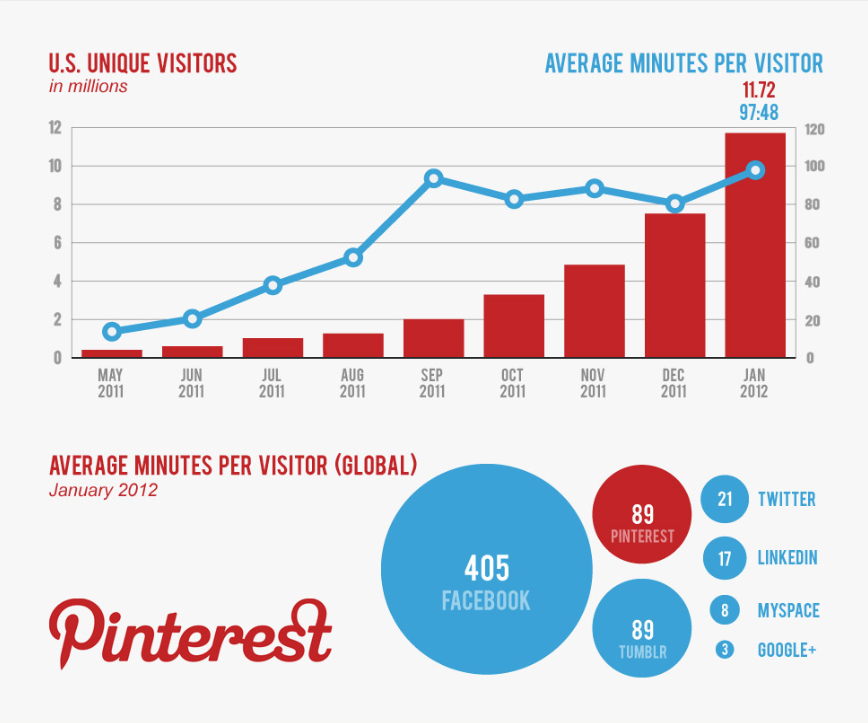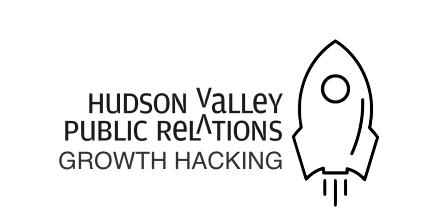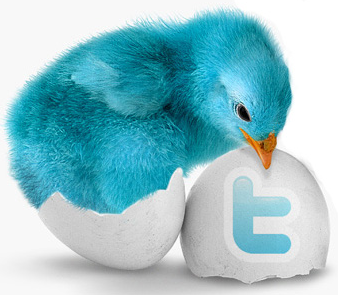Analyzing Facebook Likes
Create Context for Like Growth
Analyze your Facebook like sources, contextually within a post’s likes to identify . . .
- where they liked your page (on your page, via a search, from a social channel / website).
- when they engaged (time of day).
- or what device they used (desktop, mobile).
- or how your likes were acquired (paid vs. organic).
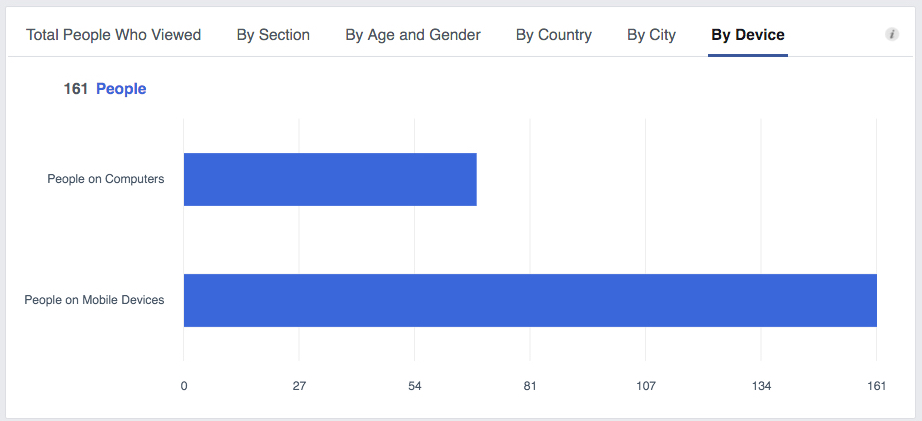
Compare other users actions by examining Facebook likes, comments, shares, and clicks correlate (likes, comments, shares) — how activities align. External referrers analyzed over time in the context of people visiting from off-Facebook sites identifies activities that drive most likes (from Facebook shares to other sites and other referrring social channels).
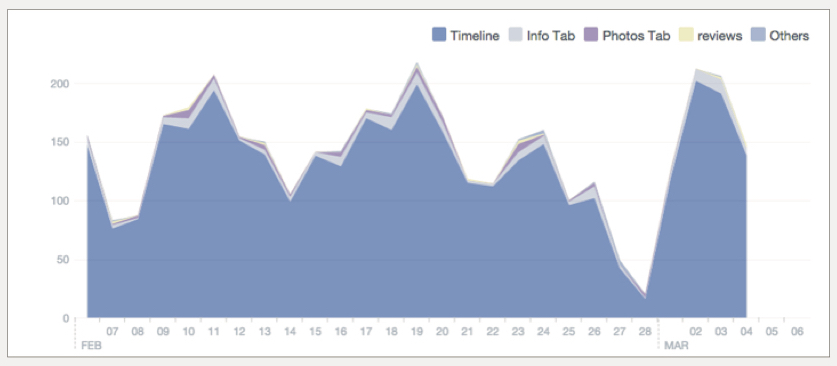
Check out the number of times each of your Facebook page tabs were viewed (home, timeline, about, photos, videos, etc.) during a specific time period and correlate this with your new page likes (gender, age, country, city, device, time of day). Great metric to identify what parts of your page are most attractive.
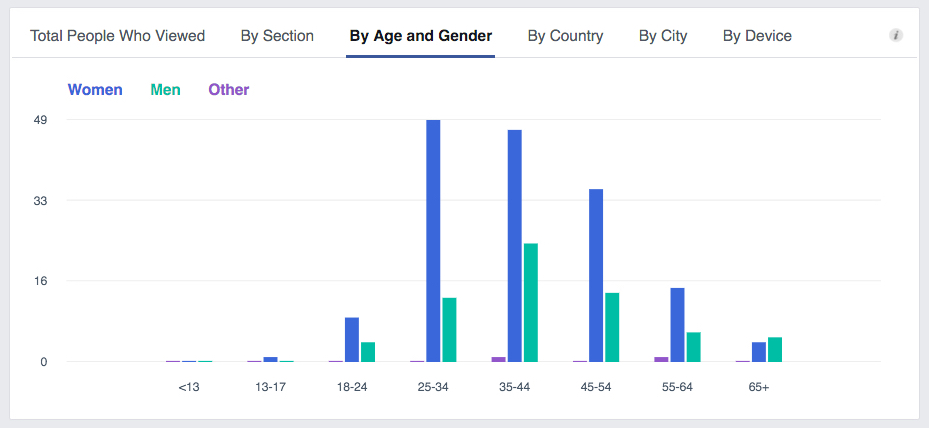
Determine which posts to promote by analyzing your Facebook Insights over a historical time period (three, six or twelve months) to identify posts with high engagement and click counts. You know your audience, if some posts don’t perform well, examine the headers, the images, time of day, year and other external factors — then create new content that engages.
Compare how many people liked a post wit how many people clicked on a photo, played a video, or clicked on the link in a post — great metric to determine how engaging the message is. Identify Facebook Pages or people who mention you most, then develop content and nurture those relationships that share your values and interests.
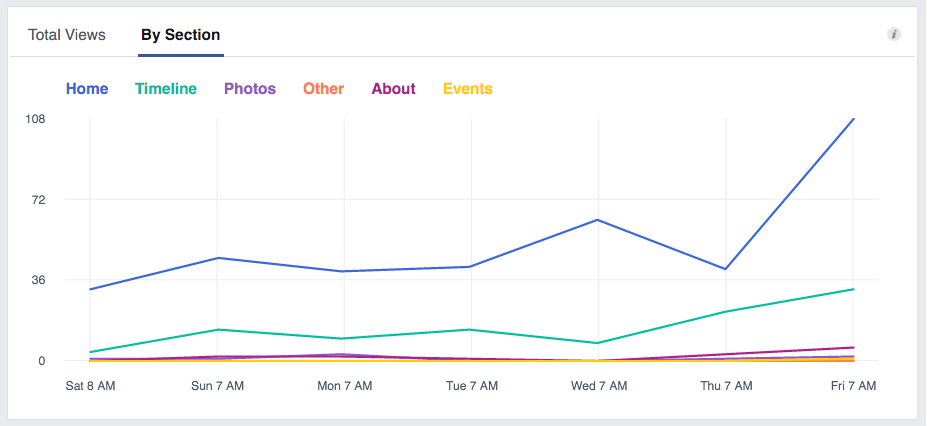
Check out your other social channels to uncover what your top-performing tweets or Pinterest pins engaged. Use these insights to create new content.
Competitive Analysis
Competitive analysis helps to see how you measure up against the competition. Identify trends in engagement, note what resonates with your base and what turns them off. Learn how and when to mention your competitors, target influencers, or industry thought leaders to best amplify your message.
Study your competitor’s activities within . . .
- Market Context — Study the norms for your market, identifying trends and benchmarks.
- Opportunities for Growth — Forecast and shape where you need to be and what you need to offer.
- Content Insight — Identify what content engages best and the top influencers who can best amplify your message.
- Fresh Thoughts — Constantly challenge your team to come up with new ideas and ways to excite and illuminate your base.
Metrics to Measure
Tracking and correlating the likes that result in high engagement levels with posting frequency. This will directionally provide metrics for your own content marketing strategy and tactics.
Page Like Growth
How many Facebook Page Likes are your competitors gaining, where are they finding success?
Engagement Levels
How often do people comment, like, and share your competitor’s content on social and tag or mention them? Benchmarking engagement levels over time will help pin-point trends that recondite with your target audience.
Posting Frequency
How often does the competition post, comment, like and share content? Should you be posting more or less frequently?
Content Type
Assess the copy, the photos, videos used and the ratio of each. Is there content mostly shares from other sites (cross-channel tactic to nurture relationships)? Or are they creating original user-generated content? What tactic is engaging and what is ignored by key stakeholders?
Follower Counts
Analyze Facebook followers counts with high engagement levels that post frequently and likable posts with low posting frequency, important social trends will emerge.
Conclusion
Start analyzing your Facebook likes with these base level metrics will help to develop a cogent content marketing strategy. Understand that sound research analysis is the foundation that builds a great marketing campaign — the insights gained will refine the ongoing strategies and shape new content campaigns.
Source
The Complete Guide to Analytics on Facebook, 2nd Edition. (2014). Simply Measured. retrieved on March 20, 2016 from http://get.simplymeasured.com/rs/simplymeasured/images/TheCompleteGuideToFacebookAnalyticsEbook2nd.pdf.
Hudson Valley Public Relations specializes in content marketing.
Words, images and campaigns must be carefully crafted to break through and reach people. The future is now, mobile technology now delivers relevant content on demand. Our growth team focuses on hyper-local marketing and personalization. We identify thought leaders, monitoring what’s important and what’s being said about your brand. We develop innovative strategies combining technology and creativity to achieve real growth. We target the right person, with the right message, at the right time, on the right device. Good reputation management controls the conversation, never let the crowd mash your message. Never react to a crisis, respond.
Hudson Valley Public Relations optimizes connections, building relationships.
Hudson Valley Public Relations
31 Mountain Lane
Beacon, NY 12508
845.202.7087
hello@hudsonvalleypublicrelations.com
Facebook HudsonValleyPublicRelations
Twitter @HVPRmedia
LinkedIn Hudson-Valley-Public Relations
Pinterest HudsonValleyPR
Google + HudsonValleyMedia
YouTube HudsonValleyPR



